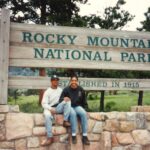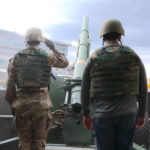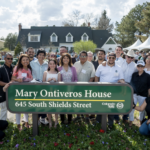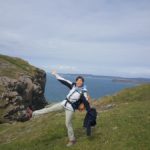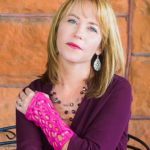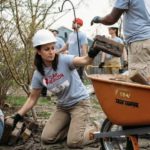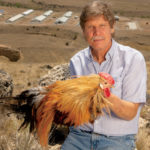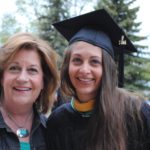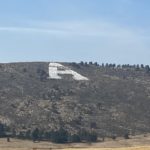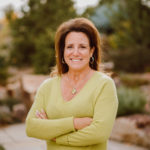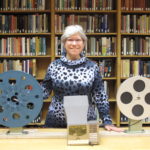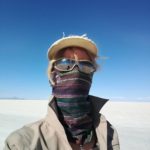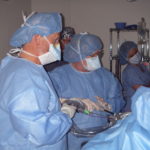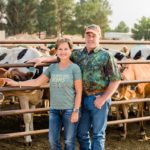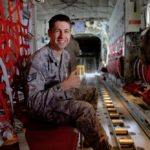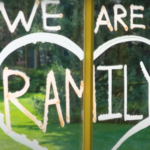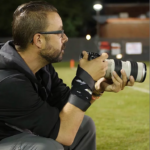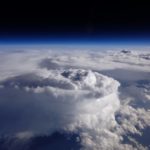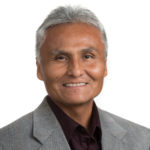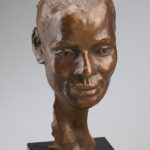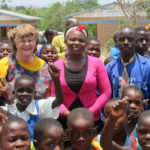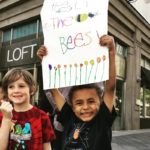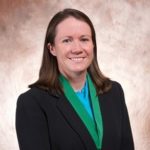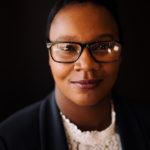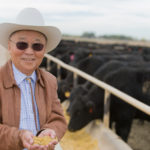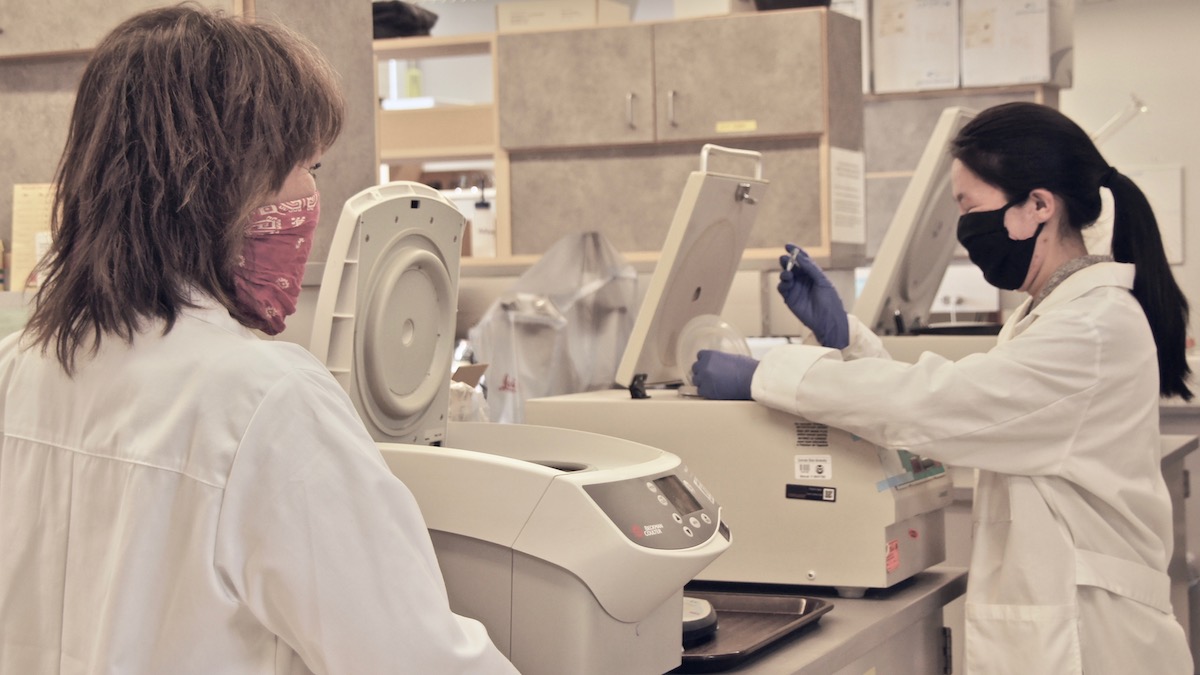
By Ann Gill (M.A., ’76)
Candace Mathiason (Ph.D., ’10), associate professor in the Department of Microbiology, Immunology, and Pathology, is among a number of CSU alumni and faculty working on COVID-19 issues. She currently leads a research team studying the coronavirus.
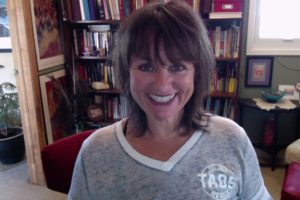
Mathiason has an amazing talent for creating communities to work together for a common goal. For example, she has an interest in bringing other voices to scientific communication and leadership. To that end, she cofounded and leads Women in Science Network; its purpose is to “advance the careers of innovative women” and “improve the diversity of voices present in leadership roles.”
When COVID-19 came to the world’s attention, CSU Vice President for Research Alan Rudolph asked campus leaders how our researchers could respond. Mathiason is director of the Infectious Disease Research and Response Network (IDRRN). She also is part of the One Health Institute at CSU, whose focus is interconnected health problems among humans, animals, and the environment.
The IDRRN quickly responded to Rudolph’s call. It currently has four research teams involving more than 80 faculty. Three teams work with various disease processes; the most recently formed team studies COVID-19. That team has more than 40 members. These researchers are from the College of Veterinary Medicine and Biomedical Sciences as well as other units across campus, ranging from atmospheric science to liberal arts. The team also includes medical personnel from Columbine Health.
Mathiason refers to these individuals as “true heroes,” as they dropped the projects they were working on and “pivoted to COVID-19.” She adds that she is “in awe of them for how quickly they shifted” to this important new project; the team was up and running in just one week. These researchers are delving into various aspects of COVID-19, including antivirals, diagnostics, and vaccines.
She describes her role for this team as connecting investigators with complementary interests, navigation of regulatory and funding opportunities, and development of a Microsoft Teams site for support as needed. She reports that she “loves working with this team.” Although campus is closed, the COVID-19 team’s research is deemed critical, so it continues its work in on-campus labs. Safety precautions include investigative members working in specified facilities and wearing the proper personal protective equipment (PPE), as required. They have impressive focus and courage, according to Mathiason; “this is what they have been training for their entire lives.”
Her own research focus, prior to the current COVID-19 efforts, also is impressive. Her lab studies prion and viral infections, focusing on understanding the “biological mechanisms associated with the covert transmission of infectious agents.” The aim is to mitigate infectious agents by preventative, therapeutic, and vaccine therapies.
Mathiason grew up on an angus ranch in “Wyobraska,” which is the local name for the Nebraska panhandle/southeast Wyoming prairie. She received her first two degrees at the University of Wyoming, frequently visiting the “big city” of Fort Collins, which she grew to love. She started her career with a brief stint at what then was the Monfort packing plant in Greeley, where she did laboratory testing for bacteria. She then accepted a position as research associate at CSU in 1988. We are proud not only that she became a Ram but also that she has created a community of Rams to do research on and find answers to COVID-19 in addition to a community to diversify the voices in science and higher education leadership.


